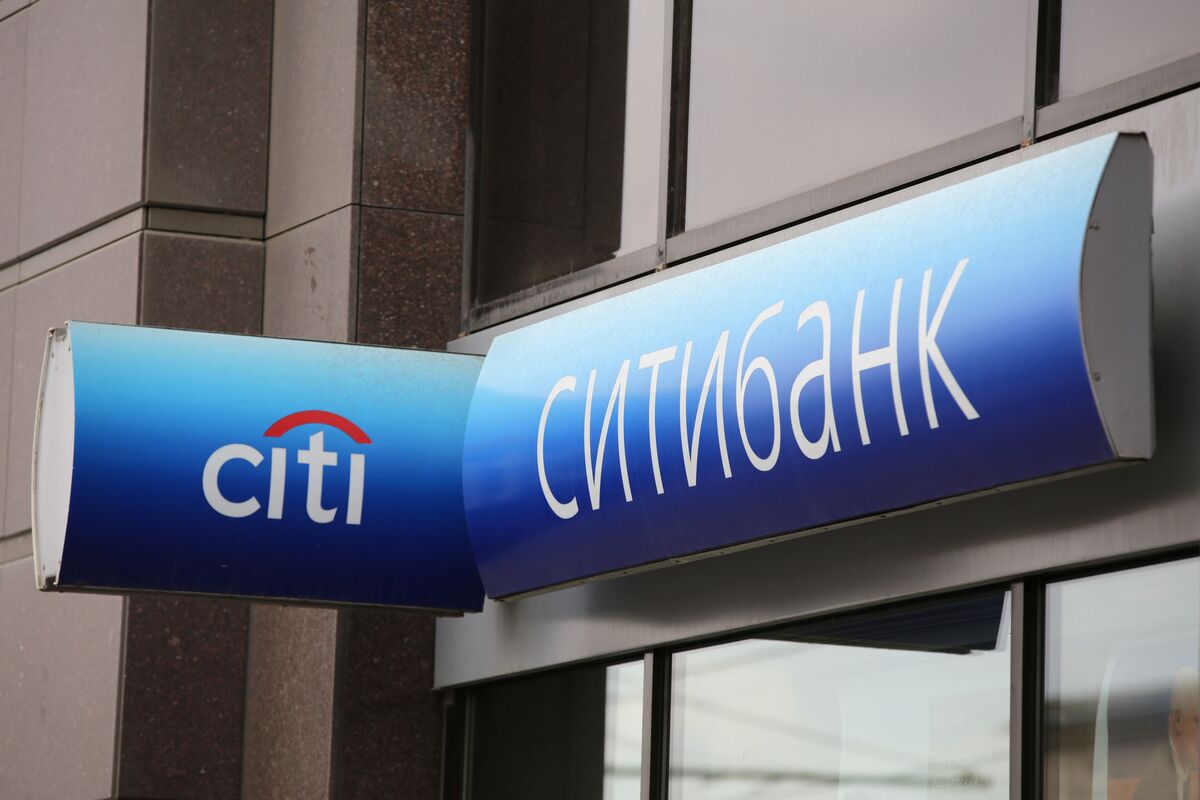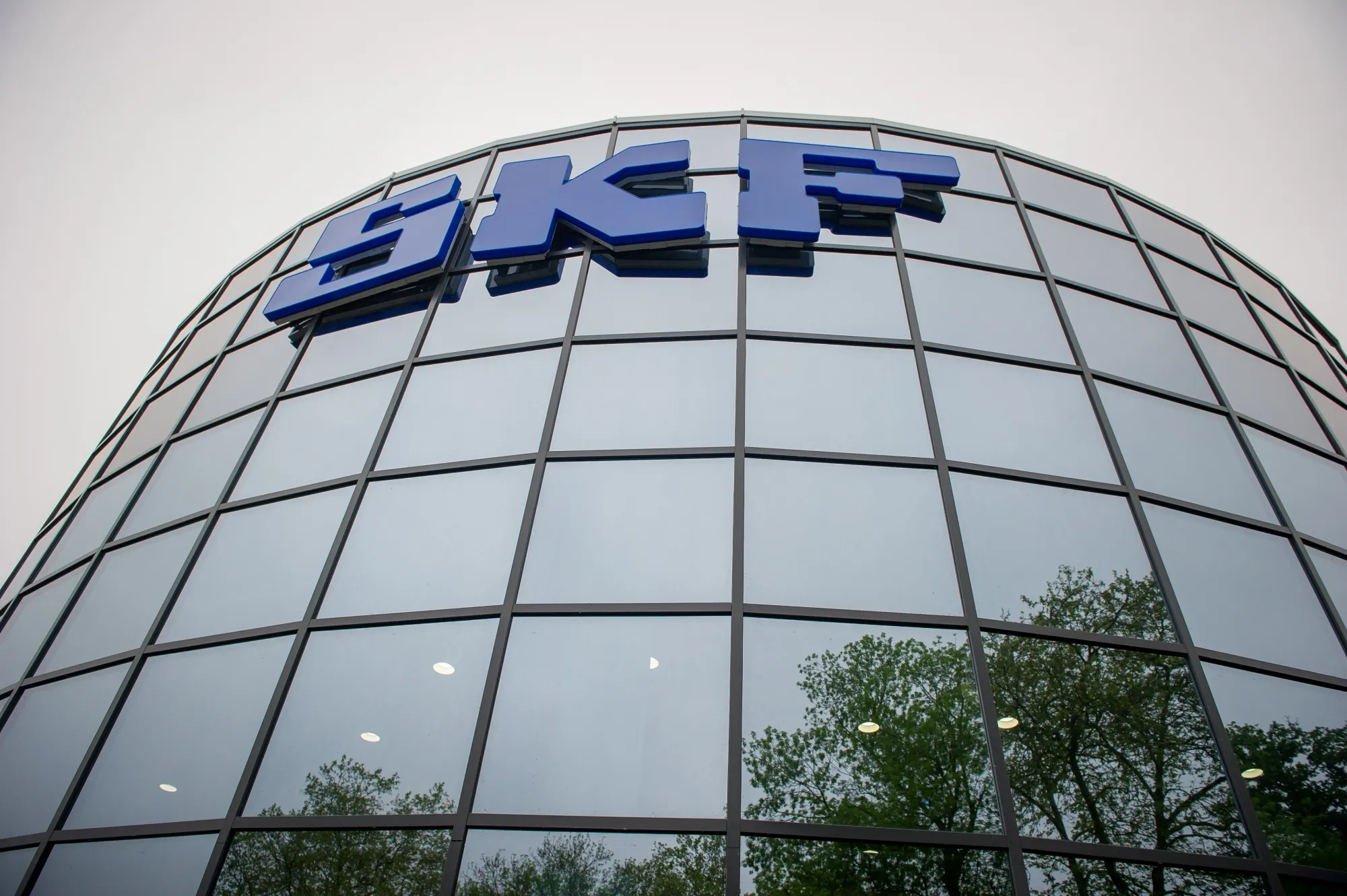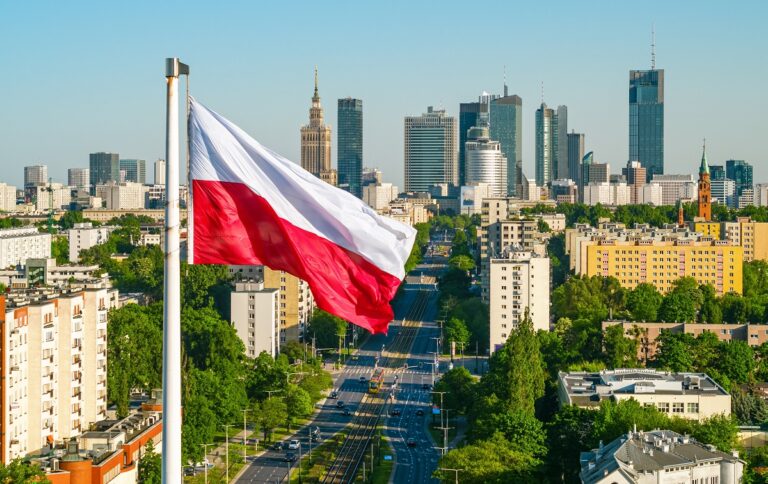Liberia’s Liquidity Rumors: Market Optics Behind the Central Bank’s Denial
Rumors of a Liberian dollar shortage test confidence despite L$1.65bn vaults. USD/LRD=X surged ~10%, CPI eased to 7.4%, real yields near +10%. Yet markets eye reversal risk; remittances, credibility, and FX reserves matter more than MPR 17.25% or L$13bn sterilization for frontier debt spreads.

The Central Bank of Liberia’s rejection of rumors over a Liberian dollar shortage has triggered debate not only about liquidity conditions but also about the credibility of policy and the sustainability of recent market trends. On paper, the banking system looks well capitalized: as of early September, commercial banks were holding L$1.65 billion in vault cash and L$2.02 billion in excess reserves, nearly double the level seen a year earlier. For markets, however, aggregate numbers tell only part of the story. The real question is whether liquidity is evenly distributed, whether confidence in the system is robust enough to prevent self-fulfilling shortages, and whether the underlying macro fundamentals justify the recent sharp appreciation of the Liberian dollar (USD/LRD=X).
The exchange rate movement has been particularly striking. Within two weeks, the Liberian dollar appreciated from L$201/USD in late August to around L$182/USD by September 9, a swing of nearly 10 percent. The central bank attributes this to a combination of policy rate discipline—holding the monetary policy rate at 17.25 percent since April—alongside sterilization of more than L$13 billion and buoyant remittance inflows totaling US$425.9 million in the first half of 2025. In the framework of open-economy macroeconomics, such moves can be explained by shifts in short-term capital flows and money demand, consistent with the Mundell-Fleming model. Yet markets are cautious: in thin FX markets, rapid appreciations are often as destabilizing as depreciations, since they may reflect temporary imbalances rather than structural strength. Traders will therefore price in mean reversion risk, with potential slippage back toward the L$190–195/USD range unless remittance inflows prove durable.
Disinflation provides another layer of complexity. Headline inflation eased from 13.1 percent in February to 7.4 percent in July, delivering one of the strongest disinflationary moves in West Africa this year. With the policy rate at 17.25 percent, local debt now offers a positive real return of nearly 10 percent, a striking contrast to Ghana (GGOVBOND10Y=RR) where real rates remain negative, or Sierra Leone where rates hover around neutral. For bond investors, Liberian treasury bills (LBTB=LR) suddenly look compelling on a carry basis. However, the composition of disinflation matters enormously. If lower prices stem primarily from temporary exchange rate appreciation, then any reversal in the currency will quickly feed through into consumer prices. If, as the central bank claims, the trend reflects structural improvements—lower transport costs due to new roads, more reliable electricity supply, and stronger agricultural productivity—then inflation expectations could be anchored more durably. Until this distinction is proven by data, markets will remain skeptical and assign a risk premium to local assets.
Liquidity distribution remains the most underappreciated variable. The CBL is technically correct that liquidity in aggregate is comfortable, but in practice rural banks and smaller institutions may struggle with access, and localized shortages can ignite rumors that spiral into systemic panic. According to expectations theory, such rumors represent shifts in money demand curves: when households and businesses expect scarcity, they rationally hoard cash, reducing velocity and creating the very shortage they feared. This coordination problem is well known in emerging economies, and for Liberia it highlights the importance of confidence as a “soft fundamental” with hard financial consequences.
Markets therefore interpret the CBL’s announcement as both a reassurance and a warning. The reassurance is that the institution is still capable of stabilizing the currency, absorbing liquidity, and managing inflation expectations. The warning is that credibility remains fragile, which investors will price into sovereign spreads. Liberia’s Eurobonds (XS2031877896=TE) continue to trade wide relative to frontier peers, reflecting the premium investors demand for political, institutional, and liquidity risks. Until rumors lose their potency as market drivers, spreads will not compress significantly, regardless of improvements in inflation or reserves.
A structured scenario approach illustrates the stakes clearly. In a base case, the CBL maintains its policy stance, remittances remain steady, and inflation stabilizes near single digits, allowing the LRD to hover in the L$180–190 range. This would support continued investor interest in local debt. In an upside case, structural improvements deepen, food supply chains ease further, and remittance flows expand, creating room for currency stability and a potential narrowing of sovereign spreads by 100–150 basis points. In a downside case, however, remittance inflows slow, sterilization costs strain fiscal capacity, and rumors trigger renewed hoarding, leading to renewed depreciation, double-digit inflation, and wider spreads.
For markets, the conclusion is straightforward. Local debt instruments offer attractive carry but should be treated as tactical opportunities rather than structural allocations. FX positioning should assume volatility, with risk skewed toward mean reversion rather than indefinite appreciation. Sovereign spreads are likely to remain sticky until institutional credibility improves, even if headline inflation data looks encouraging. Investors can take comfort in Liberia’s tactical victories, but they must not mistake them for structural change. The central bank has bought calm for now, but the market will continue to price that calm as fragile until deeper reforms broaden the base of stability.





